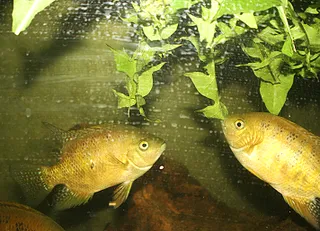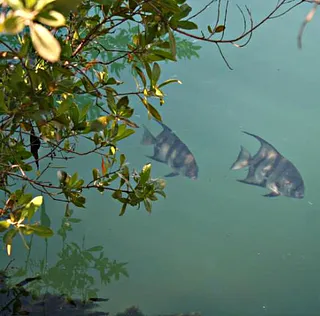There is a thread on the go right now titled, "hints for grinding up pellet food for fry". Part way through ground up egg yolk was mentioned. I was going to make an observation in that very thread regarding egg yolk but thought it maybe deserved its own thread, so here goes.
I've never fed powdered egg yolk, which seems to be a popular food for fry. Simply because I don't breed fish so i've never needed to feed it.
What I don't understand is that we are led to believe that certain foods are not particularly good for fish, even though they are popular. I'm talking beef heart and terrestrial based plant foods such as peas or broccoli etc etc.
I get that beef heart and terrestrial based plant foods are not particularly good, I mean when would a fish in the wild ever come across these foods?
So....egg yolk!!! WTF!!
And what gets me even more is that it seems to be a go to food for the most vulnerable and needy of fish...fry!!
What is it about dried, ground up cooked egg yolk? It seems, along with beefheart and terrestrial based plant foods, a most unlikely food to feed to fish?
I've never fed powdered egg yolk, which seems to be a popular food for fry. Simply because I don't breed fish so i've never needed to feed it.
What I don't understand is that we are led to believe that certain foods are not particularly good for fish, even though they are popular. I'm talking beef heart and terrestrial based plant foods such as peas or broccoli etc etc.
I get that beef heart and terrestrial based plant foods are not particularly good, I mean when would a fish in the wild ever come across these foods?
So....egg yolk!!! WTF!!
And what gets me even more is that it seems to be a go to food for the most vulnerable and needy of fish...fry!!
What is it about dried, ground up cooked egg yolk? It seems, along with beefheart and terrestrial based plant foods, a most unlikely food to feed to fish?








